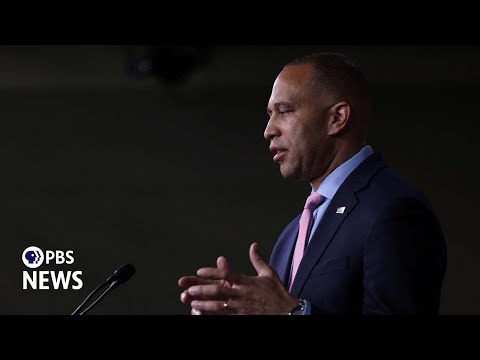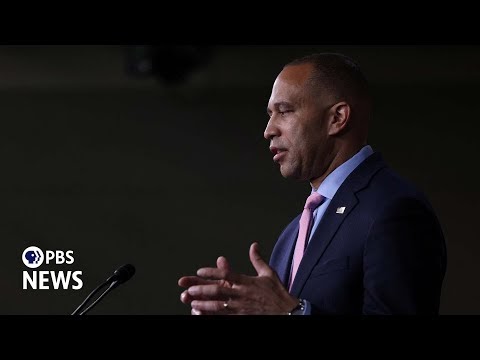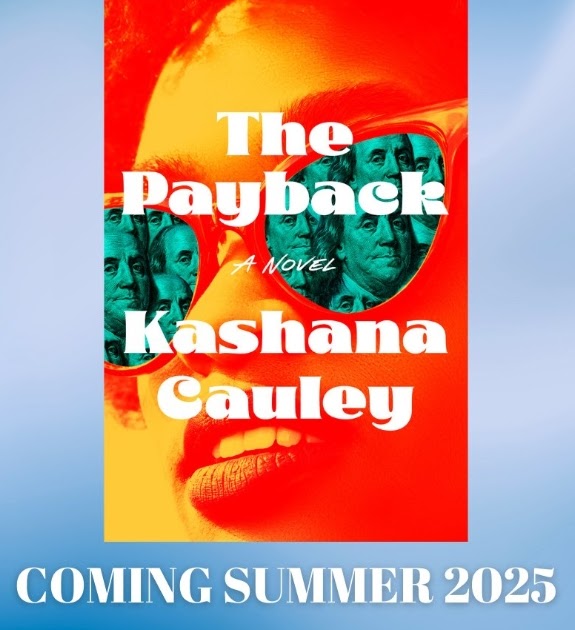While I was driving down I-95 yesterday, a notification popped up on Google Maps: “Police ahead.” I eased my foot off the gas. Sure enough, a minute later I passed a cruiser parked in the median, radar aimed at oncoming traffic. I paid it forward by tapping “Still there” on Maps.
Did I commit a crime? Did Google?
No. Google simply provided a tool for sharing publicly observable information. I used it, just like millions of drivers do every day. That’s speech, and the First Amendment protects it.
None of that changes if you swap out highway patrol for Immigration and Customs Enforcement (ICE). But the Trump administration sees it differently.
A new iPhone app called ICEBlock lets users report sightings of ICE activity and receive alerts about the agency’s presence within a 5-mile radius. The app’s website says:
ICE has faced criticism for alleged civil rights abuses and failures to adhere to constitutional principles and due process, making it crucial for communities to stay informed about its operations.
The app also warns users not to use it “for the purposes of inciting violence or interfering with law enforcement.”
After CNN reported on ICEBlock Monday, Trump administration officials claimed the app put ICE agents in danger and threatened to prosecute not only the app’s developer, but also … CNN. Border czar Tom Homan called on the Department of Justice to investigate whether the network had “crossed that line of impeding federal law enforcement officers.”
The next day, Secretary of Homeland Security Kristi Noem said her agency was “working with the Department of Justice” to see if they could prosecute CNN for its coverage of the app. President Trump went further, adding CNN “may be prosecuted also for having given false reports on the attack in Iran.” He made similar threats to sue The New York Times over its coverage.
At the risk of stating the obvious, CNN’s routine reporting on ICEBlock is constitutionally protected. Even if the app itself were illegal, which it’s not, the press still has a right to report on it as a matter of public interest.
Consider the extensive reporting on the notorious “open-air drug market” in Philadelphia’s Kensington neighborhood. That journalism isn’t illegal just because it might tip off someone about where to get fentanyl.
By the administration’s logic, not just CNN, but anyone who speaks publicly about ICEBlock has committed a crime. Right-leaning outlets have covered the app, too. Prosecuting them for raising public awareness of the app would be just as unconstitutional. Ironically, the administration’s censorial threats are almost certainly doing more to amplify the app than CNN’s initial report did. The president’s team should look up the Streisand effect.
This episode is just the latest example of the administration trying to stretch the meaning of “obstruction” to cover nearly any speech that might complicate immigration enforcement. Back in February, Homan asked the Department of Justice to investigate Congresswoman Alexandria Ocasio-Cortez for “impeding our law enforcement efforts” by releasing a webinar and flyer that reminded people of their constitutional rights when interacting with ICE.
Informing the public that they don’t have to consent to warrantless searches might make ICE’s job more difficult, but that doesn’t strip the speech of constitutional protection. It’s as absurd as claiming a police officer interferes with the district attorney’s job by telling a suspect he has the right to remain silent.
As FIRE explained at the time, the First Amendment protects a significant amount of expression, including “providing information about the presence of law enforcement officers.”
Of course, there are narrow and carefully defined exceptions to the First Amendment. True threats aren’t protected. Nor is incitement. But speech qualifies as incitement only if the speaker intends to provoke immediate unlawful action and their speech is likely to provoke it. That’s a very high bar. Simply noting the presence of law enforcement in a particular location or talking about an app that facilitates that speech doesn’t come close.
It’s possible to imagine scenarios where speech might cross that line. If a hostile crowd gathered near ICE agents and someone with a megaphone called on them to attack, that would likely qualify as incitement. But that’s not what we’re dealing with here.
There are also circumstances in which helping someone evade law enforcement is a crime. You can’t lawfully harbor a fugitive or physically interfere with officers performing their duties. And the Supreme Court has held the First Amendment does not protect speech “used as an integral part of conduct in violation of a valid criminal statute.” Consider a lookout who warns accomplices during a robbery that police are approaching. That person is intentionally working with specific individuals to carry out a specific unlawful act. The speech isn’t general or political. It’s instrumental to the commission of the crime and is not protected.
What is protected under the First Amendment is sharing publicly observable information about what government agents are doing in public — or providing the means to do so with a tool like ICEBlock — especially when that speech is tied to political activism. A federal appeals court recently upheld that principle in a case involving a man standing on a sidewalk with a sign that read “Cops Ahead.” The court found his sign, an analog version of the police alerts on Google Maps and Waze, was protected by the First Amendment.
It’s absolutely critical to maintain precise, narrow standards that prevent the government from expanding its power to regulate speech and suppress dissent. When officials blur the line between obstructing justice and merely speaking about public law enforcement activity, they put core First Amendment freedoms at risk.
But let’s step back and remember the administration is not only claiming ICEBlock is illegal, but also suggesting that reporting on it is a criminal offense. Just as baseless is the president’s threat to prosecute and/or sue CNN and The New York Times over their coverage of the bombing of Iran. After the U.S. military struck Iran’s nuclear sites, both outlets reported on a preliminary assessment from the Defense Intelligence Agency (DIA) that contradicted Trump’s claim that the sites were “completely and totally obliterated.”
Reporting the government’s own findings about a major military action is not a crime — it’s protected by the First Amendment as well as vital to an informed citizenry. Again, this isn’t a close call.
In New York Times v. United States, the Supreme Court rejected the government’s attempt to block the press from publishing the Pentagon Papers — a classified history of U.S. involvement in Vietnam — despite the government’s claims that it would harm national security.
Trump’s issue with CNN and The New York Times isn’t even about national security. He’s upset that the DIA report undercut his narrative. But if he thinks the report is wrong, his problem is with his own intelligence agency, not the outlets who accurately reported on its assessment. (Notably, both CNN and The New York Times made clear the report was preliminary, the analysis ongoing, and that the administration disputed its conclusions.)
FIRE has gotten flak over the past few months for focusing so much on President Trump. Believe me, we wish we didn’t have to.
But when the most powerful official in the country repeatedly shows contempt for the First Amendment, it’s our job as a free speech organization to call that out. Presidents wield enormous power to stifle dissent. Their rhetoric and actions influence how other government officials interpret the bounds of the First Amendment, and they shape public attitudes about the enduring value of free expression.
This isn’t about partisanship. We unequivocally opposed the Biden administration’s efforts to suppress speech and consistently push back against censorship from the left, too. And much of our work doesn’t relate to partisan flashpoints that dominate the news. Every day, we’re defending ordinary Americans facing censorship from state legislatures, universities, city councils, school boards, and other government actors.
As FIRE’s Executive Vice President Nico Perrino said yesterday, “The biggest threat to free speech is political power,” and at this moment, the right side of the aisle controls both political branches of the federal government.
That balance will shift, as it always does. But FIRE’s mission of holding those in power to the First Amendment will not.










